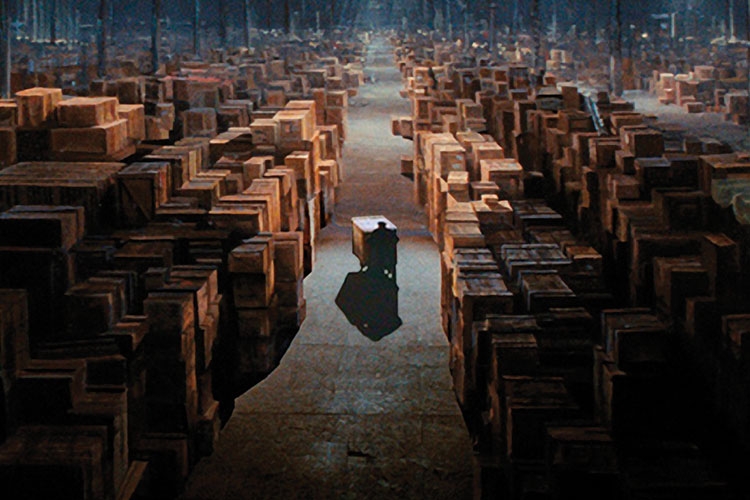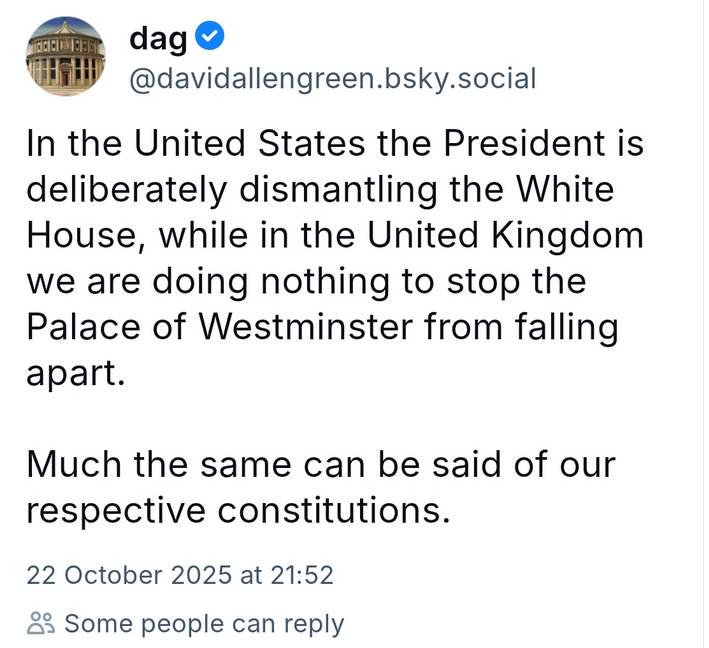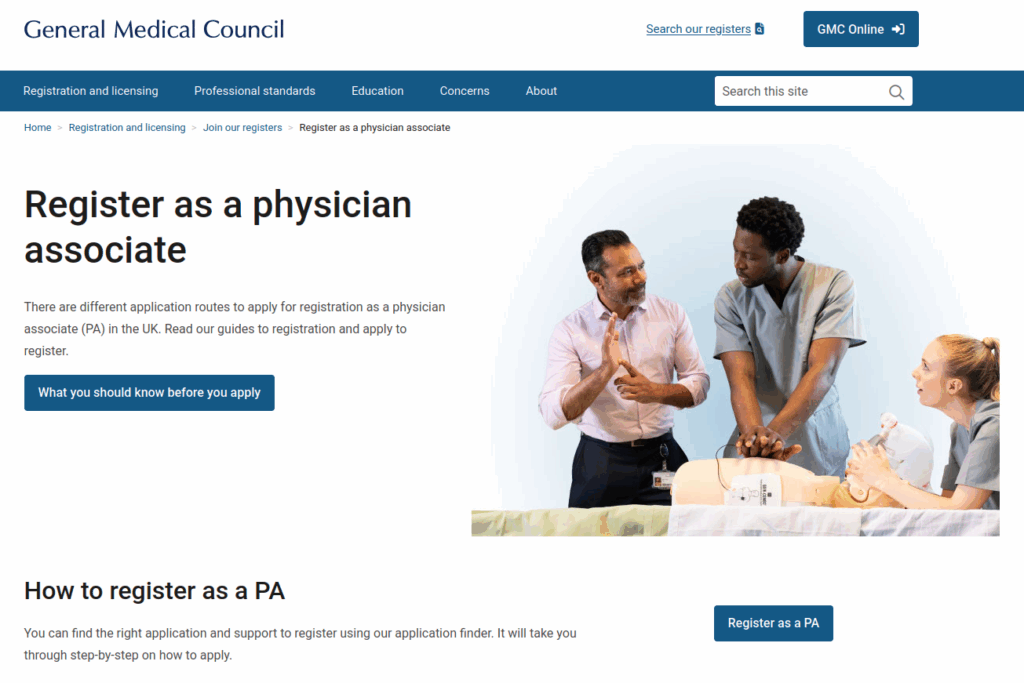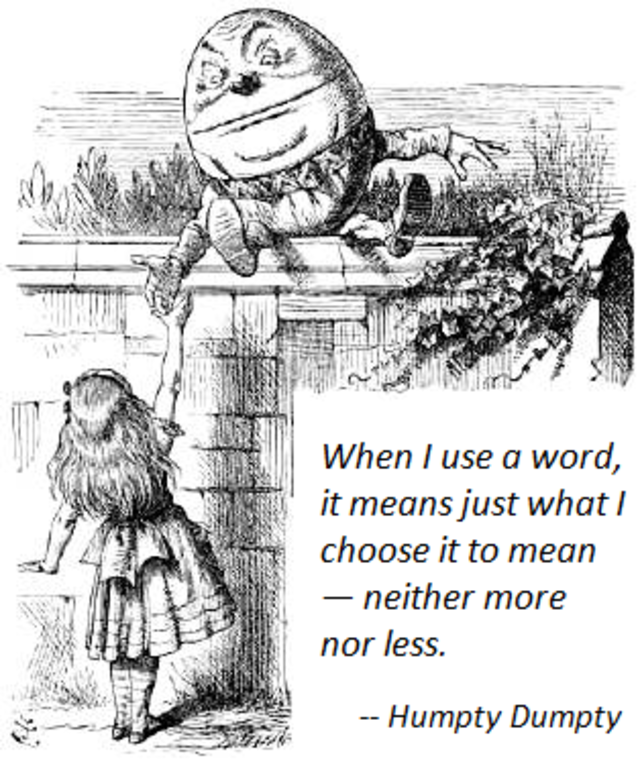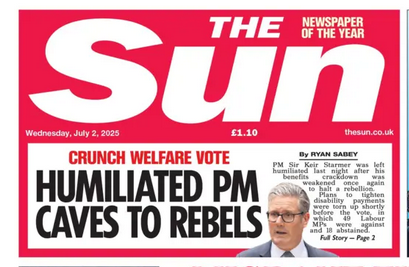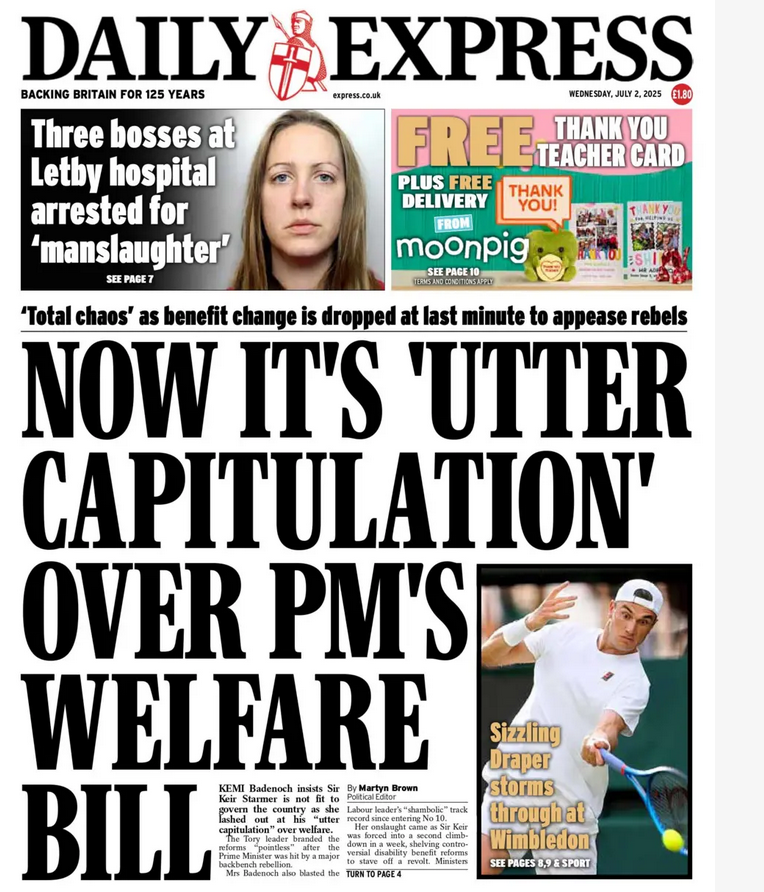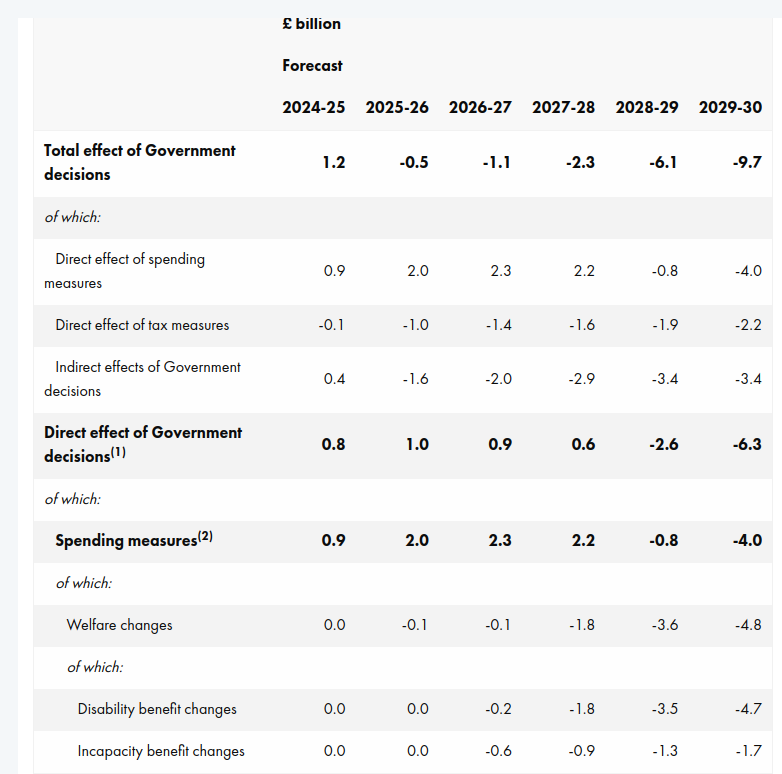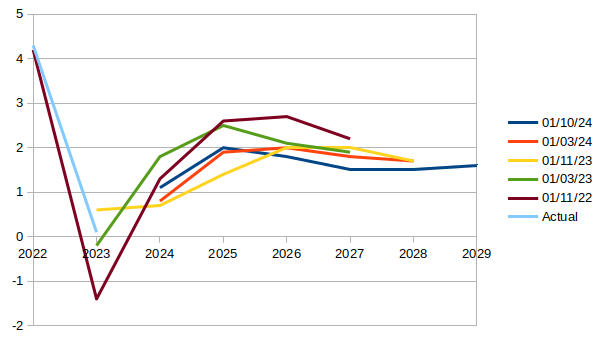On 20 November, the UK Covid-19 Inquiry published its second report and recommendations following its investigation into ‘Core decision-making and political governance’. The following day these were the headlines:

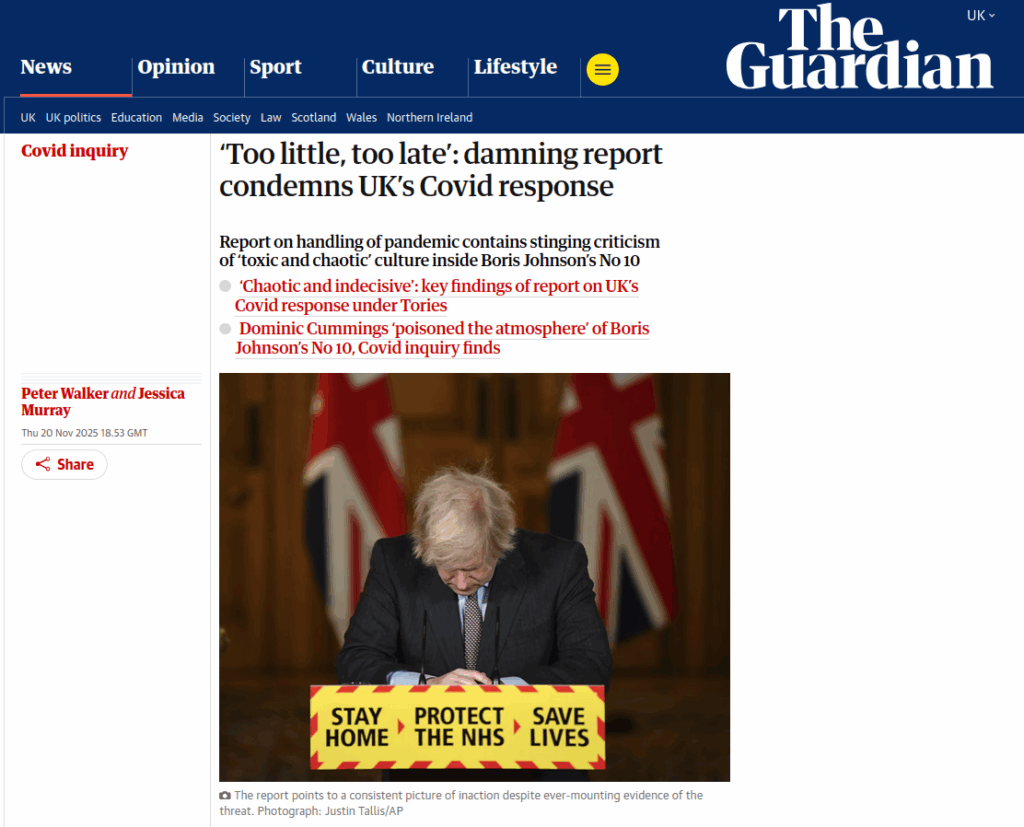

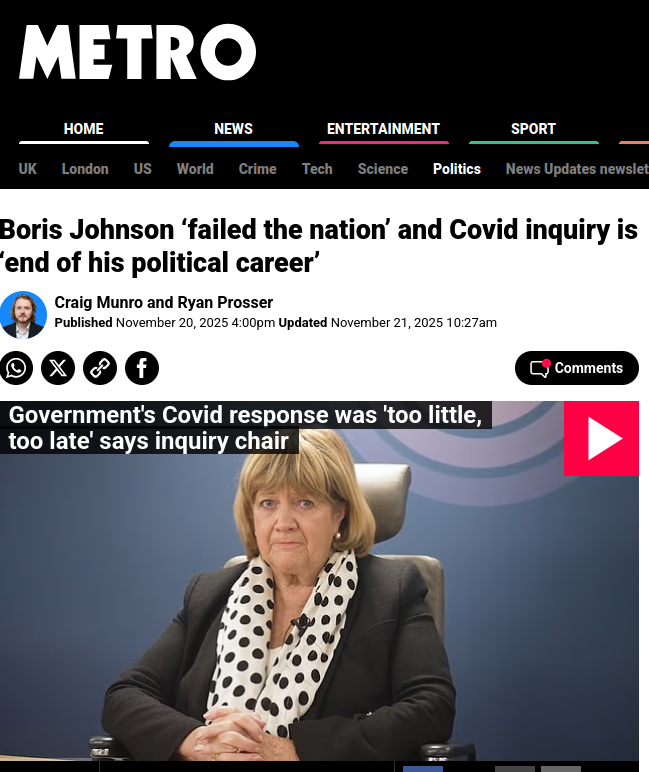
This contrasts with the Inquiry’s first report and recommendations following its investigation into the UK’s ‘Resilience and preparedness (Module 1)’ on Thursday 18 July 2024. Then the following day’s headlines looked like this:

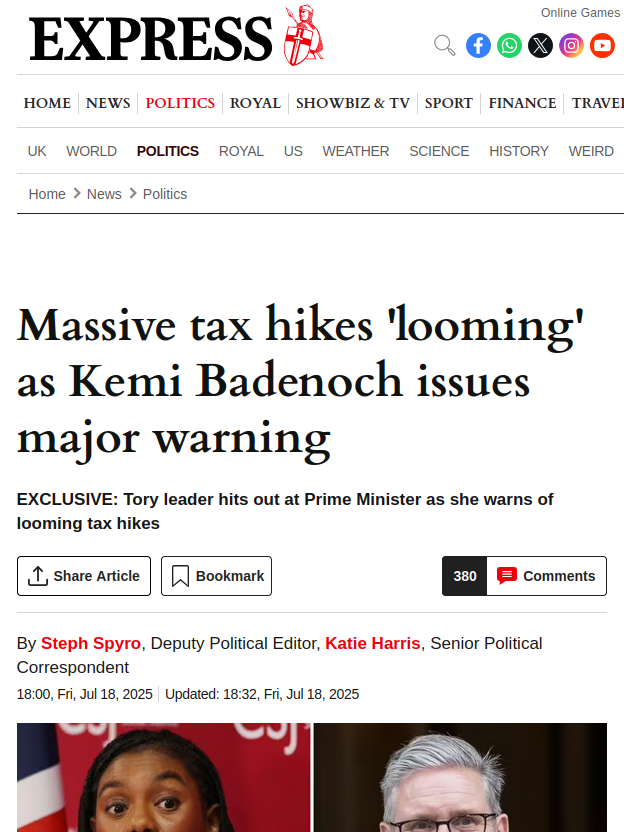

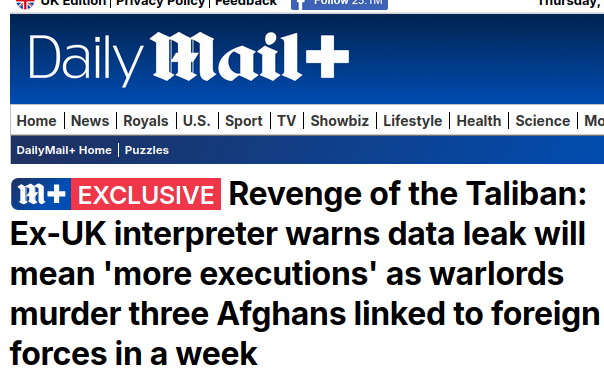
Whereas the first report had recommended a radical simplification of the civil emergency preparedness and resilience systems, including:
- A new approach to risk assessment;
- A new UK-wide approach to the development of strategy, which learns lessons from the past;
- Better systems of data collection and sharing in advance of future pandemics;
- Holding a UK-wide pandemic response exercise at least every three years and publishing the outcome; and
- The creation of a single, independent statutory body responsible for whole system preparedness and response.
The second report on the other hand merely reran the pandemic, pointing out where we went wrong on:
- The emergence of Covid-19;
- The first UK-wide lockdown;
- Exiting the first lockdown;
- The second wave; and
- The vaccination rollout and Delta and Omicron variants.
And crucially who to blame for it. Its recommendations were far less specific and actionable in my view than those from the first report. And yet it got all the headlines, with glowering images of Baroness Hallett and pictures of Boris Johnson with head bowed.
The first report dealt with what we could do better next time and was virtually ignored. The second dealt with who to blame and it dominated the headlines. I think this neatly encapsulates what is wrong with us as a country and why we never seem to be able to learn from our own past mistakes or the examples of other countries.
This is not about defending Boris Johnson or any of his ministers. It is about realising that they are much less important than our own ability to sort out our problems and study any evidence we can to help us do that.
The NHS suffers from the same problem, as Roy Lilley has described here, too many inquiries and most of their recommendations ignored. Again and again and again. We choose to focus on the minor and irrelevant at the expenses of the major and important. Again and again and again. As Lilley says:
Until we make it OK for people to say… I made a mistake… we will forever be trapped in a Kafka world of inquiries coming to the same conclusions…
…If inquiries worked, we’d have the safest healthcare system in the world.
Instead, we have a system addicted to investigating itself and forgetting the answers.
It is part of a pattern repeated yesterday, focusing on the micro when our problems are macro. Rachel Reeves increased taxes by £26 billion in yesterday’s budget, which was much less than the £40 billion in her first budget, and yet still led to the BBC reporting “Reeves chooses to tax big and spend big” and the FT leading with “Rachel Reeves’ Budget raises UK tax take to all-time high“, and with this graph:
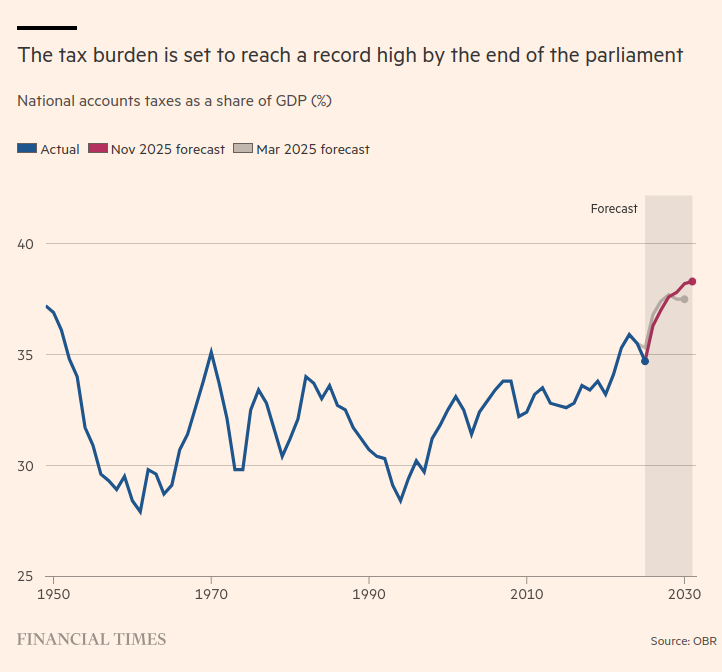
This is hilariously at odds with the message of what it was reporting last week:
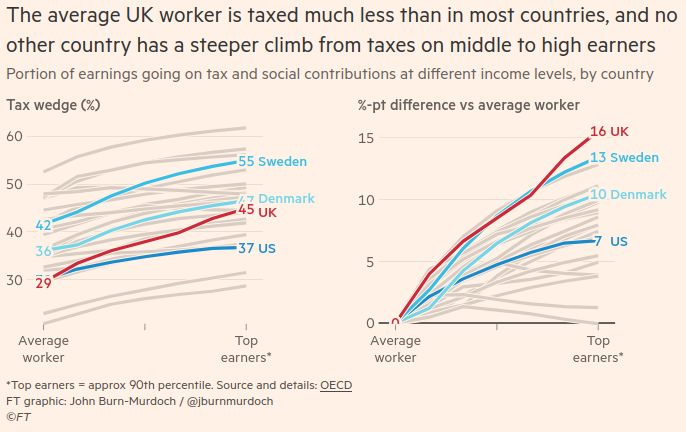
The latter was obviously an attempt to head off a wealth tax, which appears to have been largely successful. Our averageness when it comes to tax, though, is supported by this graph using OECD data from Tax Policy Associates:

Our position in the middle of the pack will be little affected by what happened yesterday. And that and all the chatter about the OBR leaking it all an hour in advance rather drowned out the fact that there was relatively little additional spending (around £12 billion overall, a quarter of which was on the welcome removal of the two-child limit). The main point was to increase our “fiscal headroom” to £22 billion, ie the amount the Government can spend before they breach their own fiscal rules.
It looks like we are going to do what we are going to do, with fiscal headroom management masquerading as economic policy, and otherwise just sit around waiting for the next disaster. Which we will then have a big inquiry about to tell us that we weren’t remotely prepared for it. Which we will then ignore…and so it continues. Again and again and again.

